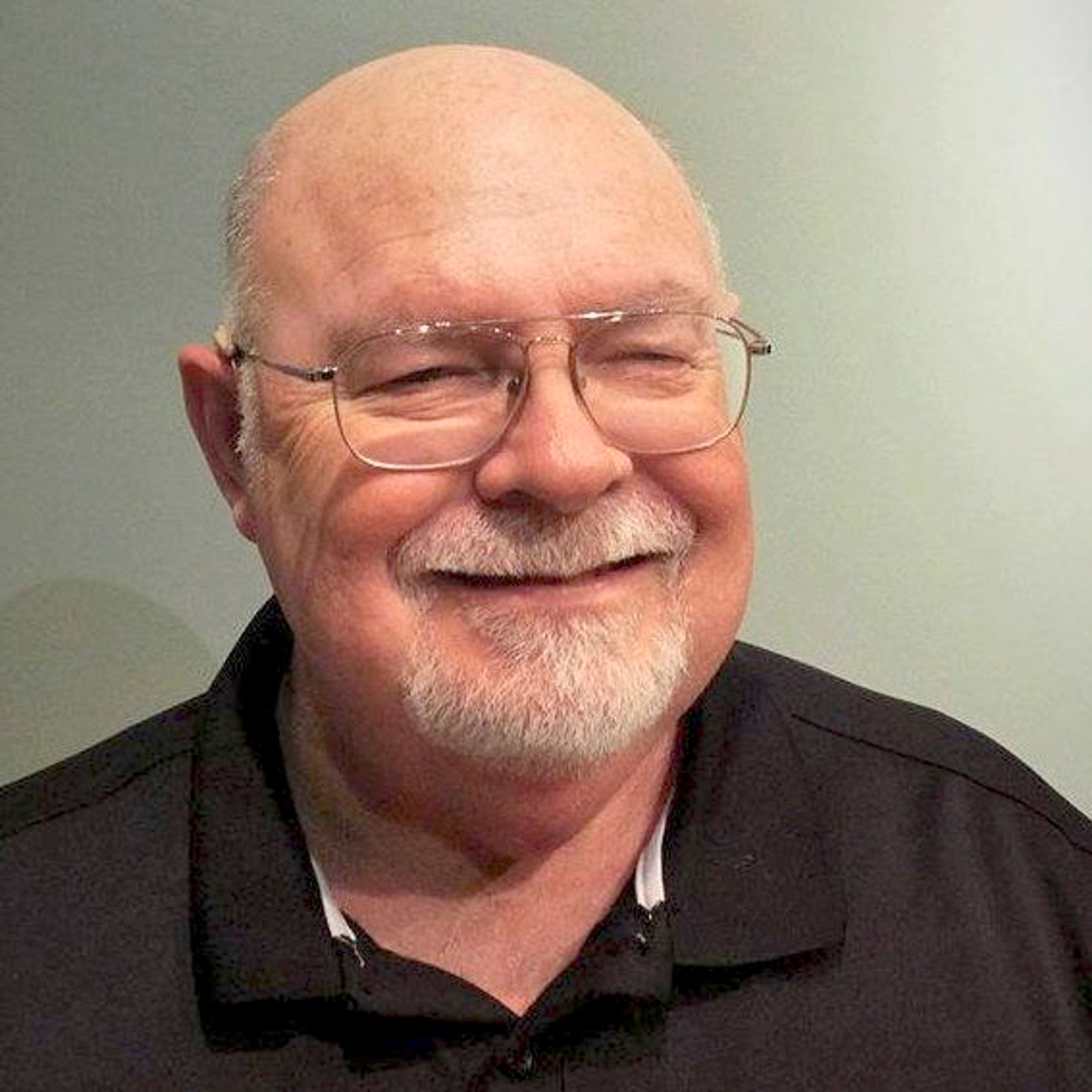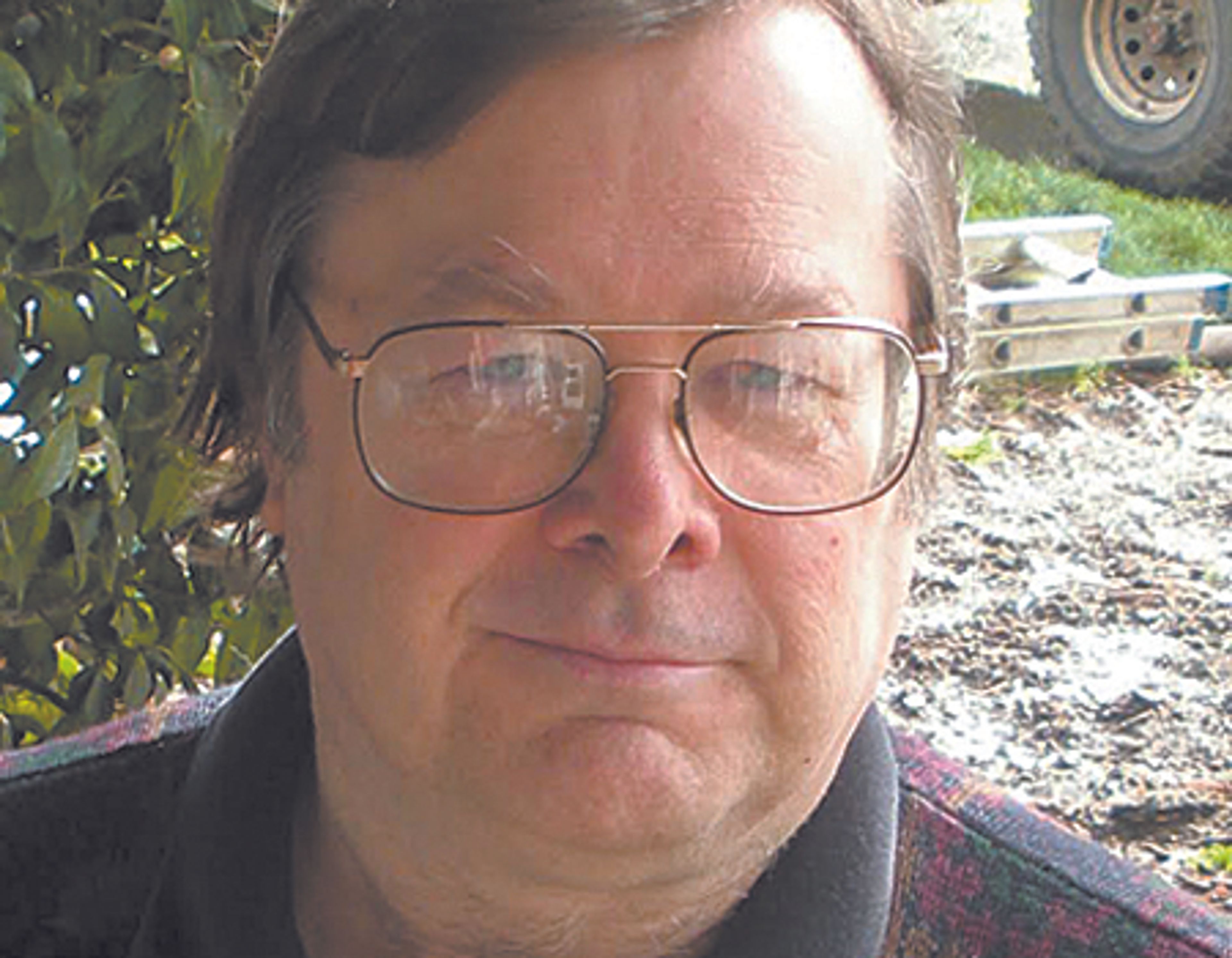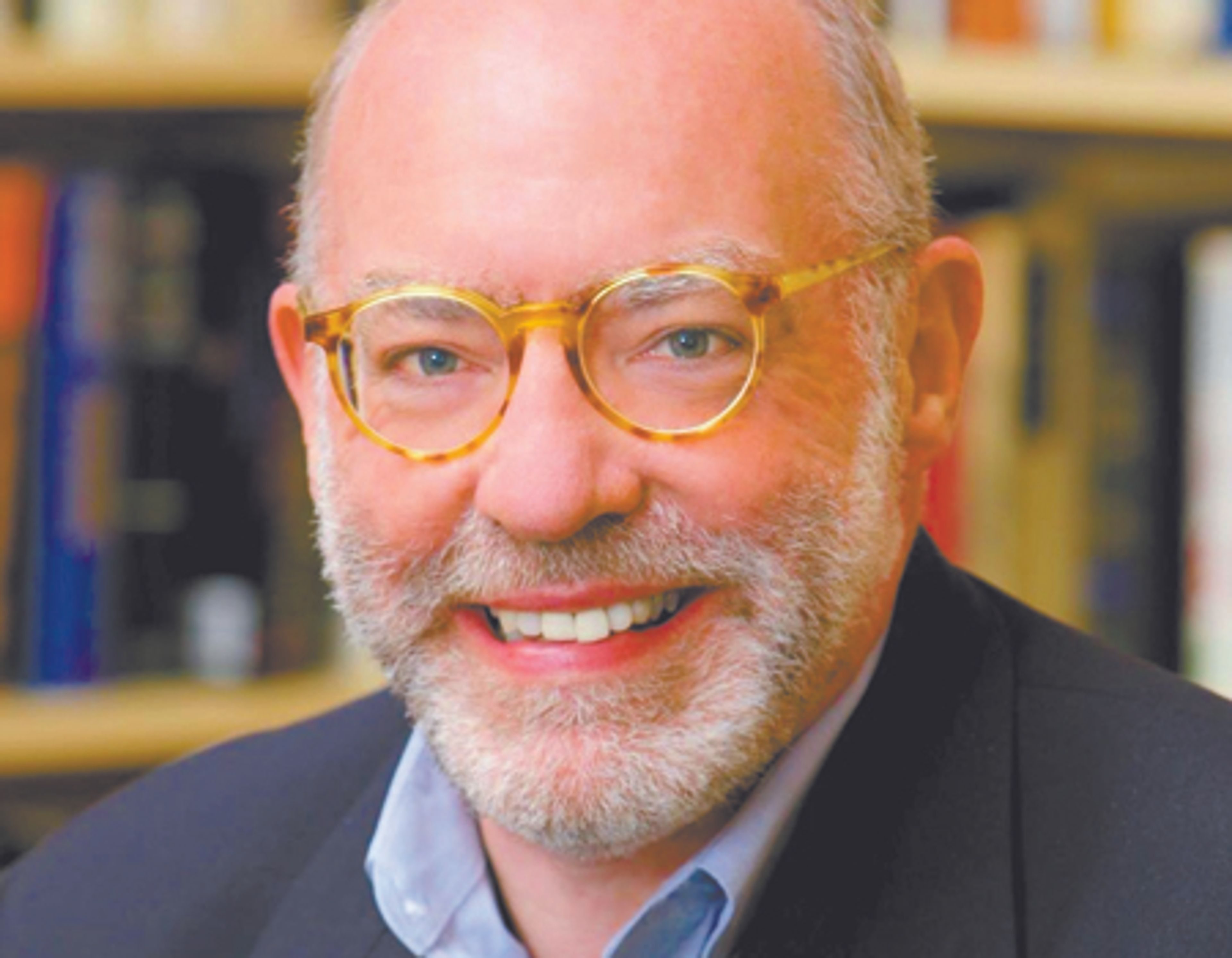OPINION: The Holocaust: Why we must ‘Never Forget’ this
Commentary: Opinion of Larry LaRocco
The United States and the rest of the world recently paused to recognize the 80th anniversary of the liberation by Soviet soldiers of Auschwitz, a complex of more than 40 concentration and extermination camps in Poland built and managed by Adolf Hitler and his loyalists (en.wikipedia.org/wiki/Auschwitz_concentration_camp).
Documents reveal 1.1 million people were put to death at Auschwitz. Most victims were Jewish, but the early numbers included Soviet prisoners of war, Roma, minorities, LGBTQ and many opposed to Hitler (newsweek.com/auschwitz-80th-liberation-anniversary-survivors-2021150).
Auschwitz was one of a broad Nazi network of 1,000 concentration camps established in Germany and occupied Europe for industrialized genocide from 1933 until 1945.
As students in Austria in 1964-65, my future wife and I visited Auschwitz, just 20 years after Russian troops entered the death camp.
That visit, 60 years ago, still haunts me. The entire complex with its gassing chambers, ovens, barracks, watchtowers and rail spurs portrayed a lethal and efficient killing enterprise.
I cannot erase from memory the massive rooms filled with victims’ eyeglasses, luggage, clothing and worldly possessions. Still lingering in my senses is the pungent smell of leather from the thousands of inmates’ shoes taken before being led to the poison gas showers or lined up for execution.
During that time abroad, I traveled to concentration camps at Dachau just outside of Munich, Germany, and Mauthausen on the outskirts of Linz, Austria. Later in life I visited two Holocaust museums, Yad Vashem, the World Holocaust Remembrance Center in Jerusalem (yadvashem.org) and the U.S. Holocaust Memorial Museum in Washington, D.C. (ushmm.org.)
The massive scope of inhumanity by an authoritarian government should concern us all. The deceitful sign entering Auschwitz, “Arbeit Macht Frei” (“Work sets you free”), clashes with the constant admonition of survivors — “Nie Vergessen” (“Never Forget”).
The horrible consequences of this extermination machine raise important questions about the leaders of this act of national suicide. Over-arching geopolitical reasons transformed a constitutional republic into a death operation that destroyed neighboring countries and caused the demise of millions in battle and in death camps.
The perfect storm leading to the rise of Hitler was incubated by dire economic conditions during the Great Depression combined with the victimhood of a country defeated in World War I in the territorial provisions of the Treaty of Versailles. These conditions morphed into scapegoating ethnic minorities, political opponents and religious groups. The Jewish population received the overwhelming brunt of the genocidal fanaticism. A diabolical propaganda machine stoked fear, revenge and retribution among the populace and propelled a low-level politician to the height of world power.
The notion of “Lebensraum” — expanding borders for “living space” — appealed to the masses and coincided with a resurgent military culture.
In the case of Germany, I have been drawn to study the motivations for the Death’s Head Units (en.wikipedia.org/wiki/SS-Totenkopfverbände) who carried out the exterminations and human atrocities. Citizens who formed any resistance found themselves incarcerated in places such as Dachau, Mauthausen and Auschwitz. Those who declared loyalty to Hitler and the Third Reich found themselves designing, building, operating and perfecting the infrastructure of the secretive Final Solution (en.wikipedia.org/wiki/Final_Solution). Those loyal to Hitler discarded religious, cultural, ethical, moral and professional beliefs to commit crimes against humanity. Doctors, lawyers, architects, engineers, soldiers, police, educators and businesspeople rejected the oaths and norms of their occupations to perform inhumane acts of terror.
What snapped with those loyalists? Were they blinded by a messianic figure who convinced them that up is down and boiling is freezing? Were the disinformation and misinformation campaigns, adroitly run by Heinrich Himmler, so effective that truth was no longer recognizable? Was Hitler’s message of victimhood so convincing that ethical and moral safeguards could be destroyed? As lies were normalized, how did truth get marginalized?
Dachau wasn’t a killing camp established in an isolated area of Germany. No, it was established only a streetcar or bicycle ride away from Munich. The guards, doctors and other camp personnel could commute a short distance to perform the atrocities that took place from 1933 to 1945. Neighbors knew but turned their eyes and voices away. Resistance was muted by hundreds of thousands of secret police spying on their own citizens in every nook and cranny of Germany.
With official dictates, the free press in Germany was muzzled. The judiciary was beholden to an authoritarian figure. The constitution was ignored. Books were burned. Borders were ignored. Treaties were violated. Cultural institutions were purged. And truth was sidelined. Citizens turned on one another.
Germany’s fascism culminated in the Nuremberg trials and official national guilt.
How does a proud country sleepwalk into evil? What propels people to convert fictional scapegoats into perceived enemies of the state? What roles do misinformation and disinformation (propaganda) play in the demise of a nation? What triggers are in plain sight? What lessons must we take from these evil events just 80 years ago?
We must ask ourselves these questions and remember. This dark blemish in history must not be repeated.
Nie Vergessen.
LaRocco, of Boise, represented Idaho’s 1st Congressional District in the U.S. House of Representatives from 1991-95.








